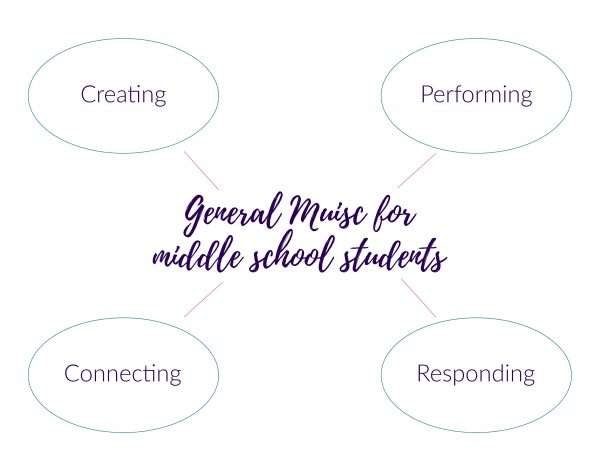When content marketing is part of your business strategy, it’s important that you stay focused on the ideas, resources, and processes that are going to be most relevant (and helpful) to your audience. That’s also what will be most helpful in growing your influence and your revenue.
What Are Content Pillars?
Content pillars are the large, overarching categories that ALL of your content falls into. That means that every blog post you write, and every podcast or video episode you record fits into one (or more) of your content pillars.
If your content pillars are related to the care, health, breeding, and training of rabbits, your primary content must fit one (or more) of those categories. Posts about magic tricks involving rabbits in hats wouldn’t make the cut.
A quick tip: You’re still welcome to share your magic tricks or bunnies dressed as people on social media, so don’t despair.
Why Are Content Pillars Essential?
Content pillars do a number of things for your business, but the most important is that they keep you focused.
You’ve got a lot of knowledge in that noggin of yours, and it’s often tempting to share that knowledge on your public platform, even if it’s only loosely related to your business goals.
Here’s an example from my own experience:
When I had my mom-lifestyle blog, I had 4 content pillars; Home & Organization, Kids & Parenting, Well Being, and Recipes. Those were all things my audience was looking for in my kind of blog.
After a while I was so excited by everything I was learning about blogging and business that I started writing posts about my blogging stats and starting a blog.
Nobody read them.
My audience didn’t care how many page views I was getting. They wanted something to do with their kid when they’re too tired to play pirate ships anymore. Even though the content I created was good, I had wasted all that time because I wasn’t focused on my content pillars.
How To Identify Your Content Pillars
To identify the right content pillars for your business start with a piece of paper. In the center of the piece of paper write what you sell and who you sell to. Then draw lines out to 4-6 bubbles. In each of the bubbles write one category.
One way to think of this is like school. The center of the paper is the subject you teach, each of the bubbles is the big standards. For me, as a music teacher, music goes in the middle and my 4 bubbles would be Creating, Performing, Responding, and Connecting since those are the anchor standards for music.

Pro Tip: The clearer you are on who you serve, the easier it will be to identify your content pillars.
Examples of Content Pillars
Real Estate Agent Serving a Small Metropolitan Area:
City Highlights – Given that real estate agents are typically location bound, and the number 1 rule of real estate is “location, location, location,” part of their content strategy could be to promote the local area.
What’s Trending – Because agents work with buyers and sellers, this content pillar could highlight what people are looking for, reasons people give for their decisions to purchase or walk away, and other tips to help sellers get top dollar for their property.
The Home Buying Process – On the other end, there are home buyers who need guidance on what to expect when buying a home in this area. From making an offer to signing on the dotted line, there’s a lot that goes into a house purchase, and informed buyers are happy buyers!
After the Purchase – Once you’re a homeowner, lots of things pop up that you weren’t expecting. Keep your connection to clients going with helpful tips on home maintenance and repair, maybe even strike up a referral relationship with some local professionals.
Direct Seller of Cooking Supplies Serving Moms of Young Kids:
Recipes – At the end of the day, people buy cooking supplies so they can cook, right? Help them out, and show them how to use some of the tools, with handy recipes that even picky eaters will love.
Meal Prepping Tips – Young kids = busy, tired mom. Provide realistic tips for how to prepare dinner while kids are napping, or portioning out snacks for the week during Sunday morning cartoons.
Kitchen Organization & Storage – A mom with young kids likely has toys in every room of her house. Give some tips to keep the kitchen user friendly to make cooking easier and less stressful.
Kid-Friendly Kitchen Activities – Give mom some guidance on how to safely introduce their kids to the kitchen, tools, and cooking.
Have you thought about your content pillars yet? If not, I highly suggest that you give it some thought before you create another piece of content. It can make a huge difference in your business.
We cover content pillars more in-depth in the FREE 5-Day Content Challenge. Join the challenge now to come up with 6 month’s worth of post ideas in just one week!
Let's connect!
- Follow us on Facebook
- Join the Facebook Group
- Follow us on Instragram, use #sidehustleteachers
- Check us out on Pinterest


